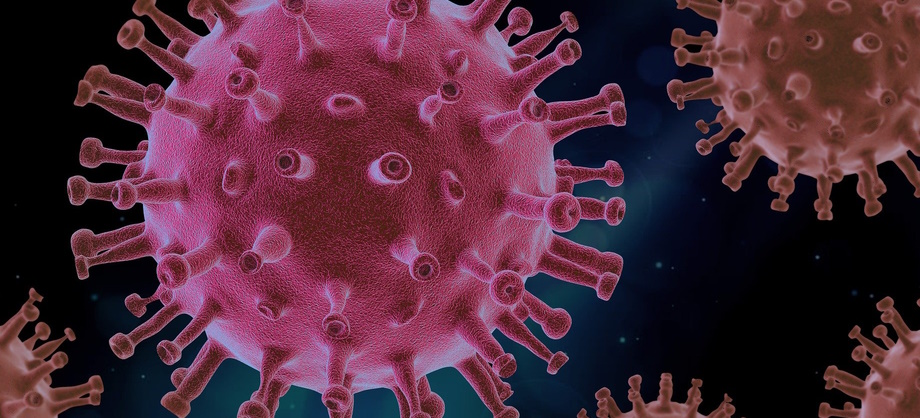What are biological hazards in the workplace?
Biological hazards in the workplace refer to the presence of biological agents, that can cause harm to workers’ health. One of the most common and pervasive biological hazard in the past three years has been the COVID 19 virus and its many mutants and variants.
Of course this is not the only biological hazard present, there may be other lesser known types of viruses such as the H1N1 virus and its variants. These biological hazards are not just present in places like laboratories, but also in common workplaces such as offices and schools.
Which Biological Hazards are found in workplaces?
These biological hazards, also known as bio-hazards, can be found in a variety of workplaces, including healthcare facilities like hospitals and clinics or pathological laboratories, general laboratories, and agricultural environments such as farms and even greenhouses.
Some common types of biological hazards in the workplace include:
- Infectious Agents: These include bacteria, viruses, fungi, and parasites that can cause a range of illnesses, such as tuberculosis, hepatitis B and C, HIV/AIDS, COVID-19. H5N1 (Bird Flu) and others.
- Animal Allergens: Workers who handle animals or animal products may be exposed to animal allergens that can cause respiratory problems, such as asthma.
- Fungi: Workers in damp environments, such as construction sites or buildings with water damage, may be exposed to fungi that can cause respiratory problems and other health effects.Many food product companies like meat packing plants, dairy farms and food preparation facilities like industrial kitchens could also have the presence of bio hazards of various kinds.
- Insect Bites and Stings: Workers in outdoor settings, such as agriculture or forestry, may be exposed to insects that can cause bites and stings, leading to allergic reactions and other health effects.
- Sewage and Waste Products: Workers in sanitation or wastewater treatment facilities may be exposed to sewage and waste products that contain harmful microorganisms, as well as have presence of fungii that can cause fungus or yeast infections
How to prevent exposure to biological hazards?
Preventing exposure to bio hazards in the workplace involves several steps, including:
- Identifying the biological hazards present in the workplace.
- Implementing measures to control or eliminate exposure to these hazards, such as engineering controls, administrative controls, and personal protective equipment (PPE).
- Providing Industrial Hygiene training and education on the safe handling and use of biological agents.
- Monitoring workers’ health to identify any health effects related to exposure to biological hazards.
- Developing an emergency response plan in case of exposure to infectious agents.
Who is responsible for Occupational Health and Safety including Industrial Hygiene in the workplace?
The employer is primarily responsible for ensuring Occupational Health and Safety in the workplace and maintaining Industrial Hygiene. Regulatory authorities such as OSHA in the United States, or the European Agency for Safety and Health at Work in the European Union (or other agencies in your jurisdiction) require employers to take the necessary steps to maintain Industrial Hygiene, else they can be levied fines and penalties and in some cases even jail time.
Thus Employers are responsible for ensuring that workers are protected from biological hazards in the workplace, and Industrial Hygiene plays a vital role in identifying and controlling these hazards to protect the health and safety of workers.
However, workers themselves should also keep themselves informed and play an active role in learning about Industrial Hygiene practices, because after all it is their health and safety which could be at risk.
